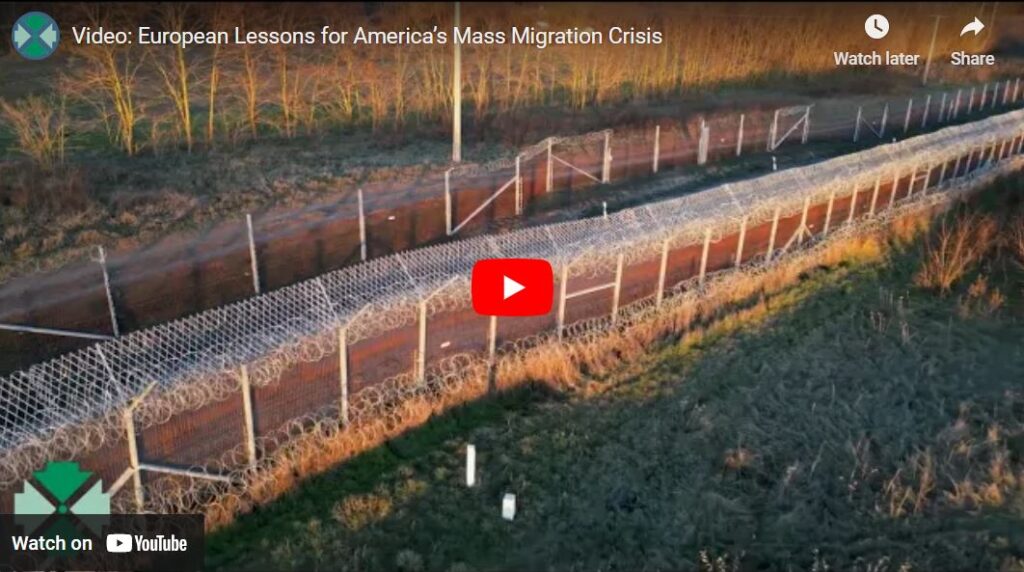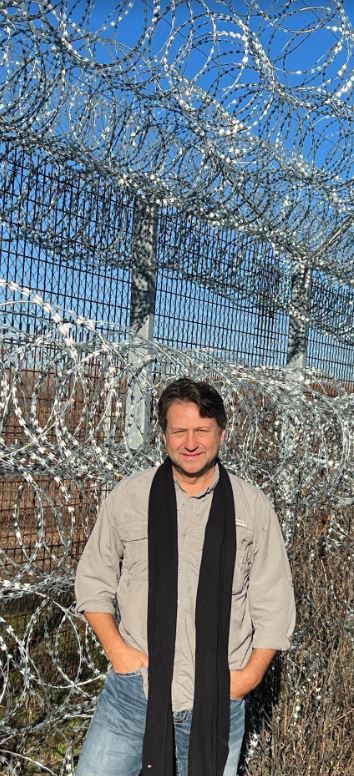
From November 22 through December 22 of 2023, Bensman traveled extensively throughout Central Europe and the Balkan nations as a Visiting Fellow for the Budapest-based Mathias Corvinus Collegium’s’ Migration Research Institute. He traveled to Hungary, Poland, Slovenia, Croatia, Bosnia, Serbia, Macedonia, and Greece.
The reason? Big human traffic is swelling again on the so-called “Balkan Route,” the most since the 2015-2016 crisis. So too is an epic political battle among the Union’s 27 members about how to address it this time. Oddly, these developments have not triggered much interest in the United States, where a mass migration crisis at the Mexican border is beginning its fourth year with nearly five million people in the country.
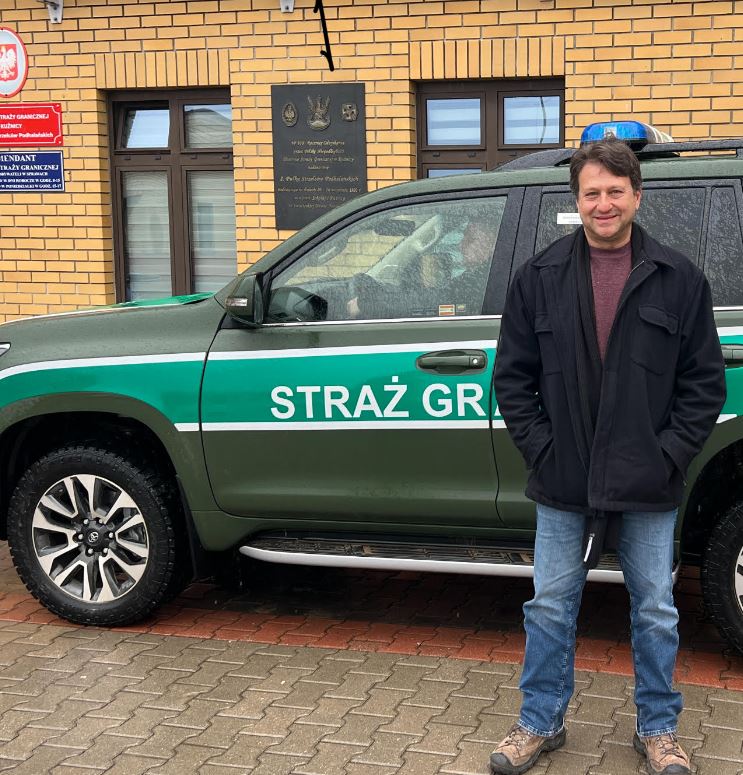
But they very much should. Europe’s approach to its mass migration crisis warrants American attention and close study, if for no other reason than that ideas for addressing common problems really matter right now. Candidates running for high office in the 2024 elections both in Europe and in the United States, including for president, may adopt, reject, or at least consider a raft of interesting policy ideas the E.U. member states are batting around. This is also an opportunity for American campaigners to take cues from how European electorates are falling on such a similar issue. (Hint: they’re all moving to the restrictionist Right.) Following are links to Bensman’s European dispatches and media interviews about his findings.

Hear interview The Federalist Radio Hour interview:
“On this episode, Bensman joins Federalist Culture Editor Emily Jashinsky to …share an update on Europe’s border instability woes.”
Video Report from Europe’s Crowded Migration Trails – AND PODCAST: The EU’s New Mass Migration Crisis
The Center for Immigration Studies presents the video “European Lessons for America’s Mass Migration Crisis” and a companion podcast, offering key findings from a European field-research trip by Todd Bensman, the Center’s national security fellow. This Week’s episode of the Parsing Immigration Podcast offers key findings from a European field-research trip by Todd Bensman, the Center’s national security fellow. Bensman was a visiting fellow at the Budapest-based Migration Research Institute, and examined borders in Hungary, Slovenia, Poland, Croatia, Bosnia, Serbia, Kosovo, North Macedonia, and Greece.
Parsing Immigration Policy podcast:

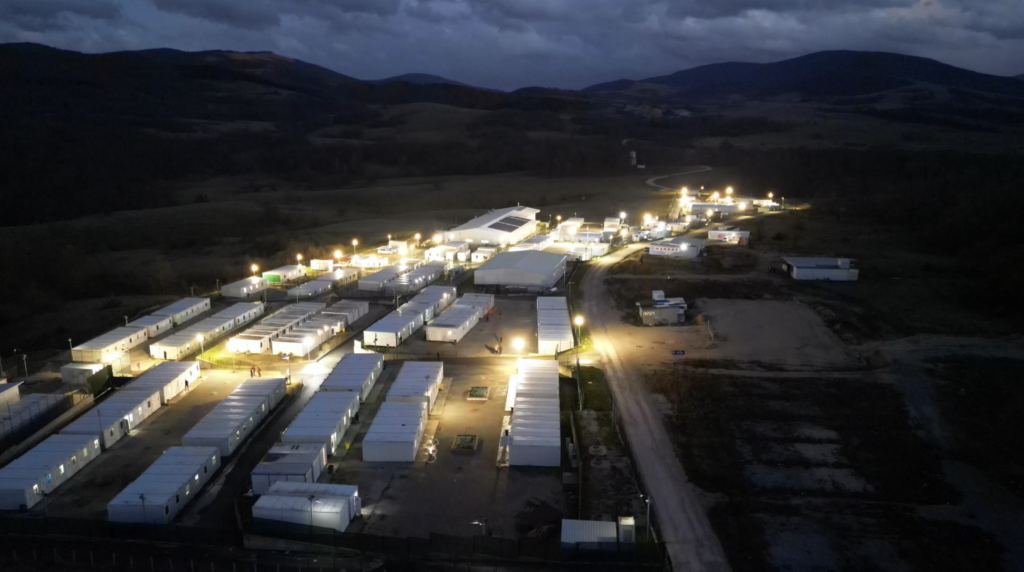
Are Borders Back in Europe? Claremont Institute’s The American Mind magazine
NEAR BIHAC, BOSNIA – Among the Syrians, Moroccans, and Algerians thronging the United Nations’ Camp Lipa in northwestern Bosnia, I met a young Afghan man on his way to England who typified one potential problem Europe faces amid powerfully resurgent mass illegal immigration. The man said in broken English that he’d not fled the Taliban, identified by the U.S. Treasury Department as a Specially Designated Global Terrorist Group.

As a matter of fact, he carried his admiration for the Islamic militants on his quest for good-paying work in England.“Taliban good! They are good Muslim people, and I am Muslim,” the immigrant said with a thumbs up gesture, when asked what he thinks of Afghan’s rulers. “Very good.”
Enthusiasm for the Taliban is but one troubling indicator of what’s on the way to Europe these days amid expanding crowds of young male Afghans, Algerians, Tunisians, Moroccans, Syrians, Turks, and Pakistanis. They have put Europe on trajectory to match the 2014-2016 mass migration cataclysm of nearly three million, among them many dozens of violent terrorists.

Huge numbers came over the so-called “Western Balkans Route” from Turkey, through Croatia and Serbia, into Hungary—until Hungary shut it down with a long fence in 2015.
Bensman interview from Skopje, Macedonia
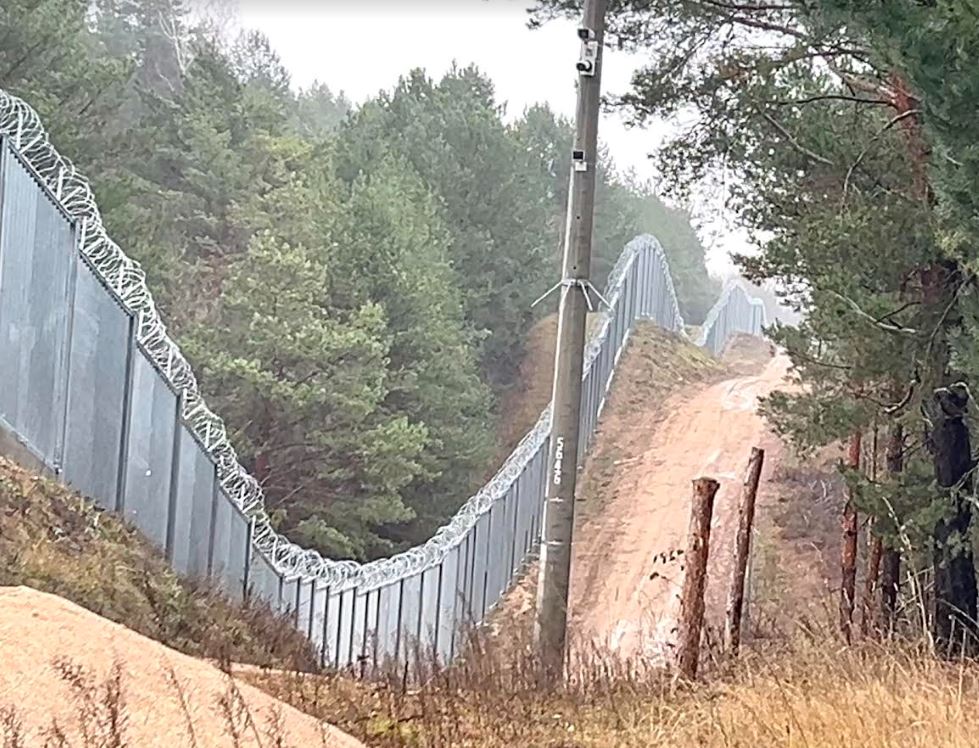
Will Mass Migration Breach Poland’s Famous Border Fence? The National Interest magazine

KUZNICA, Poland, on the border with Belarus—Mayor Pawel Miklasz remembers like it was yesterday when Belarusian dictator Aleksandr Lukashenko—a close ally of Russian president Vladimir Putin—tried to funnel thousands of primarily Iraqi and Afghan immigrants into the European Union through his quiet farming town in 2021. A “catastrophe” of chaos and violence broke out in and around the village, Mayor Miklasz recalled, when Poland’s conservative government ordered the military and Polish Border Guard to wage pitched battles, using water hoses, tear gas, and clubs, against the riotous mobs of illegal immigrants constantly mounting violent incursions to break through the Polish police lines.

The Polish forces staved off many thousands for months until a 116-mile steel wall, eighteen feet high and reinforced with barbed wire, electronic sensors, and cameras, finished construction in 2022. That structure, alongside crucial policy changes, restored quiet to the Belarusian forests, although frosty, Cold-War-like relations between the two countries remain. But a recent shift from the political Right to Left in Poland’s national government now threatens those two-plus years of tranquility in Kuznica and all along Poland’s now-famed steel fence—widely credited as emblematic of how walls stop illegal immigration.
“I’m worried,” the mayor told me. “I can’t tell the future but if we allow these people to come in here freely and without consequence, it will lead to big problems.”

The Road from Damascus
SARAJEVO, Bosnia — Syrians are ubiquitous on the newly-crowded migration routes into Europe. Frontex reports that they top the list of nationalities driving the most powerful surge since a continental crisis in 2015-2016.

But Syrians pose an overlooked security threat for Europe, one worth American attention too: 538 of them were counted at the U.S.-Mexico border, which is facing its own historically unprecedented mass migration crisis. In case the world forgot, the last time Syrians surged across Western borders, in 2015-16, there followed a bloody onslaught of terrorism that brought France, Belgium, Germany, and other E.U. countries to their knees for several years—before Europe put all that out of mind. But whether Europeans or Americans choose to forget what happened last time, this resurgence presages an elevating threat of terrorism in 2024 and beyond. Observers on both sides of the Atlantic would do well to pay attention now.
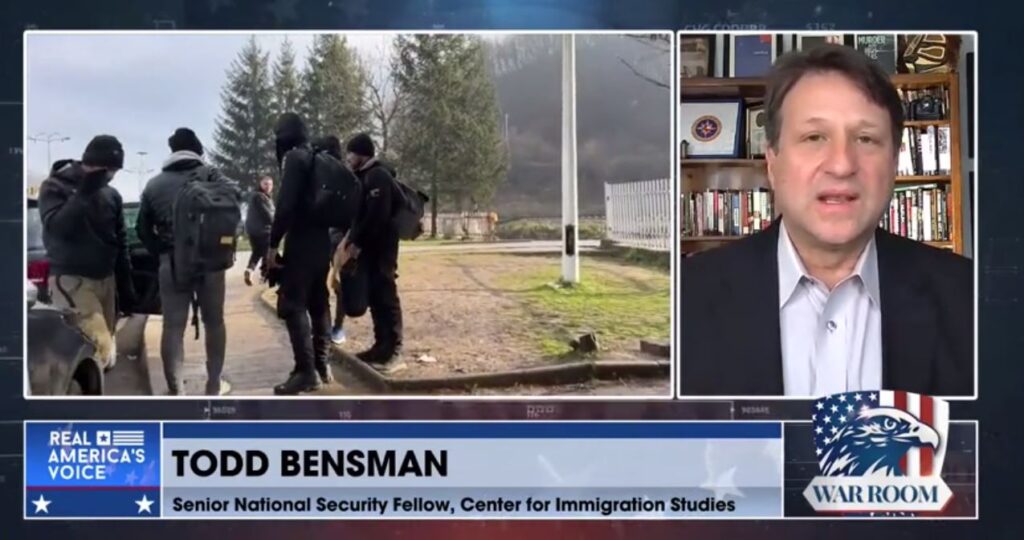
See “Todd Bensman Breaks Down Europe’s Migrant Crisis: Syrians Top Nationality Immigrating Into Europe” on The War Room.
